Supreme Court Enhances Recovery for HNG Creditors in Insolvency Case
- ByAdmin --
- 04 Jun 2025 --
- 0 Comments
The recent Supreme Court judgment in the matter concerning HNG has set a significant precedent in insolvency law, particularly concerning creditor rights and recoveries. This ruling addresses pivotal aspects of insolvency proceedings and underscores the importance of a structured and equitable framework for creditors. Below is an analysis of the judgment and its implications.
Background of the Case
HNG, a prominent entity in the manufacturing sector, had been under financial distress for several years, leading to the initiation of insolvency proceedings under the Insolvency and Bankruptcy Code, 2016 (IBC). The primary contention revolved around the distribution of proceeds and the prioritization of creditors.
Key Issues Addressed by the Supreme Court
- Priority of Secured Creditors: The Court reaffirmed the provisions under Section 53 of the IBC, which establishes a clear hierarchy for distributing assets. It emphasized that secured creditors must be given precedence over other stakeholders unless specific contractual arrangements suggest otherwise.
- Resolution Plan Fairness: The Supreme Court scrutinized the resolution plan’s compliance with the IBC’s objectives, particularly under Sections 30(2) and 31. The Court observed that the plan adequately balanced the interests of all creditors while ensuring the company’s revival.
- Statutory Dues: The treatment of statutory dues, including taxes, was also discussed. The judgment clarified that statutory dues rank lower than secured debts under the waterfall mechanism, provided the resolution plan addresses them as mandated.
- Creditor Recovery Enhancement: The Court’s interpretation of certain clauses enabled an increase in the recoverable amount for unsecured creditors. By ensuring that unsecured creditors received a higher proportion of their claims, the ruling reinforced the IBC’s objective of equitable treatment.
Legal Provisions Cited
- Insolvency and Bankruptcy Code, 2016:
- Section 53: Distribution of assets.
- Section 30: Submission and approval of the resolution plan.
- Section 31: Approval by the Adjudicating Authority.
- Companies Act, 2013: Provisions on winding-up were juxtaposed with the IBC’s principles to highlight the latter’s supremacy in insolvency matters.
Implications of the Judgment
- For Creditors:
- Enhanced clarity on the rights and recoveries of secured and unsecured creditors.
- Reinforcement of the IBC’s hierarchy ensures predictability in insolvency resolutions.
- For Debtors:
- The judgment underscores the importance of a comprehensive and balanced resolution plan.
- Companies undergoing insolvency proceedings can expect a more structured and fair process.
- For Insolvency Professionals:
- Greater emphasis on adherence to the statutory framework and equitable treatment of stakeholders.
- Professionals must ensure robust compliance with the IBC to avoid disputes.
Conclusion
The Supreme Court’s decision in the HNG insolvency case is a landmark judgment that enhances the framework for creditor recoveries under the IBC. By reinforcing the principles of fairness, transparency, and adherence to statutory priorities, this ruling contributes to the evolution of insolvency jurisprudence in India. It serves as a reminder of the judiciary’s pivotal role in ensuring the IBC’s objectives are upheld while balancing the interests of all stakeholders.

























































































































































































































































































































































































































































































































































































































































































































































































































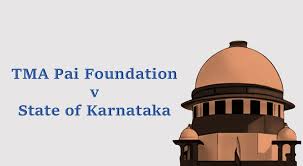

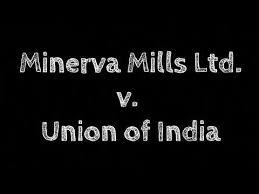
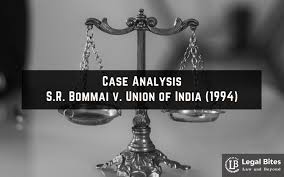








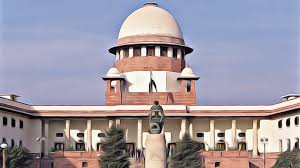

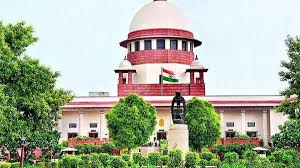









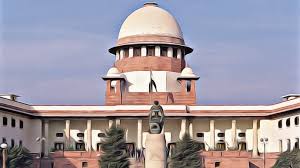




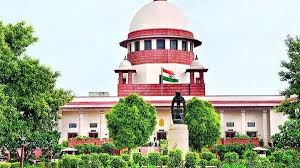




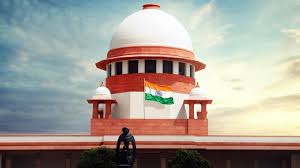



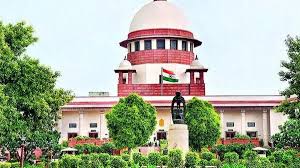
















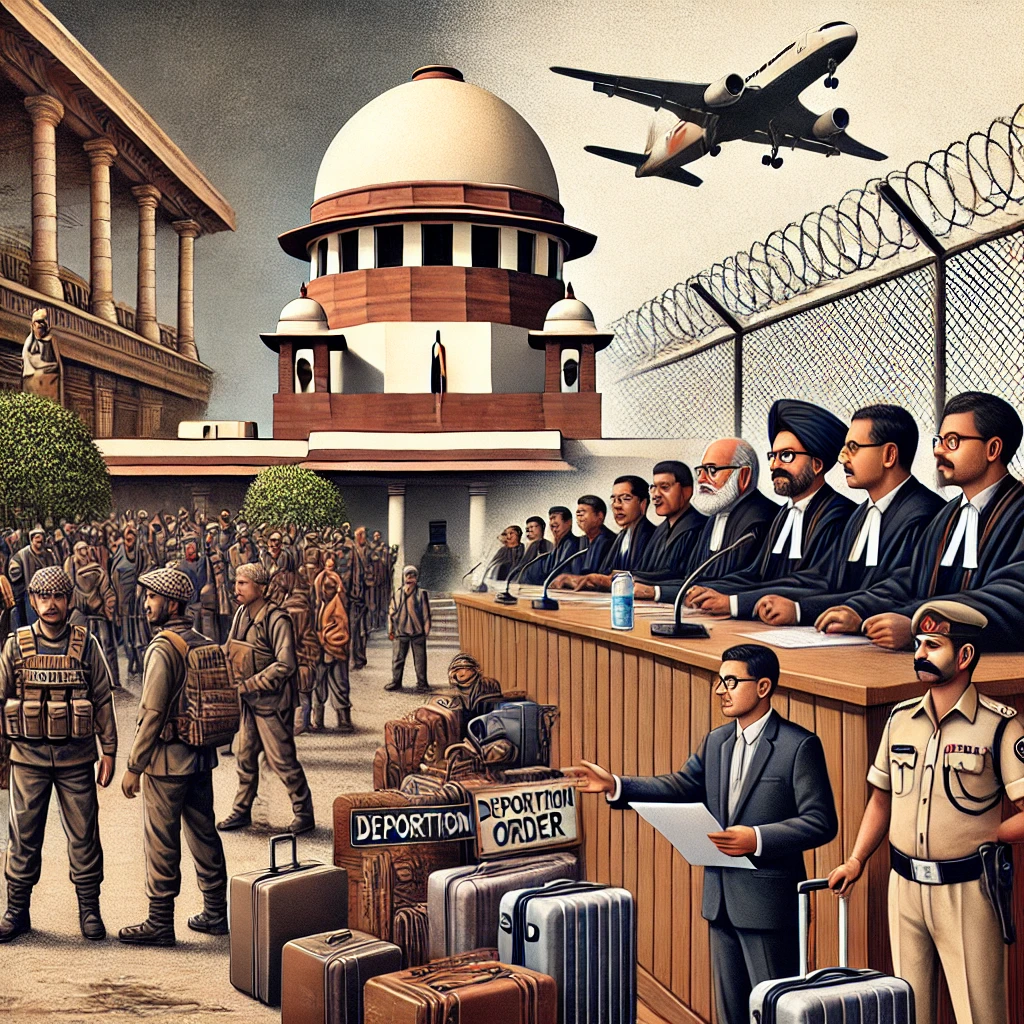
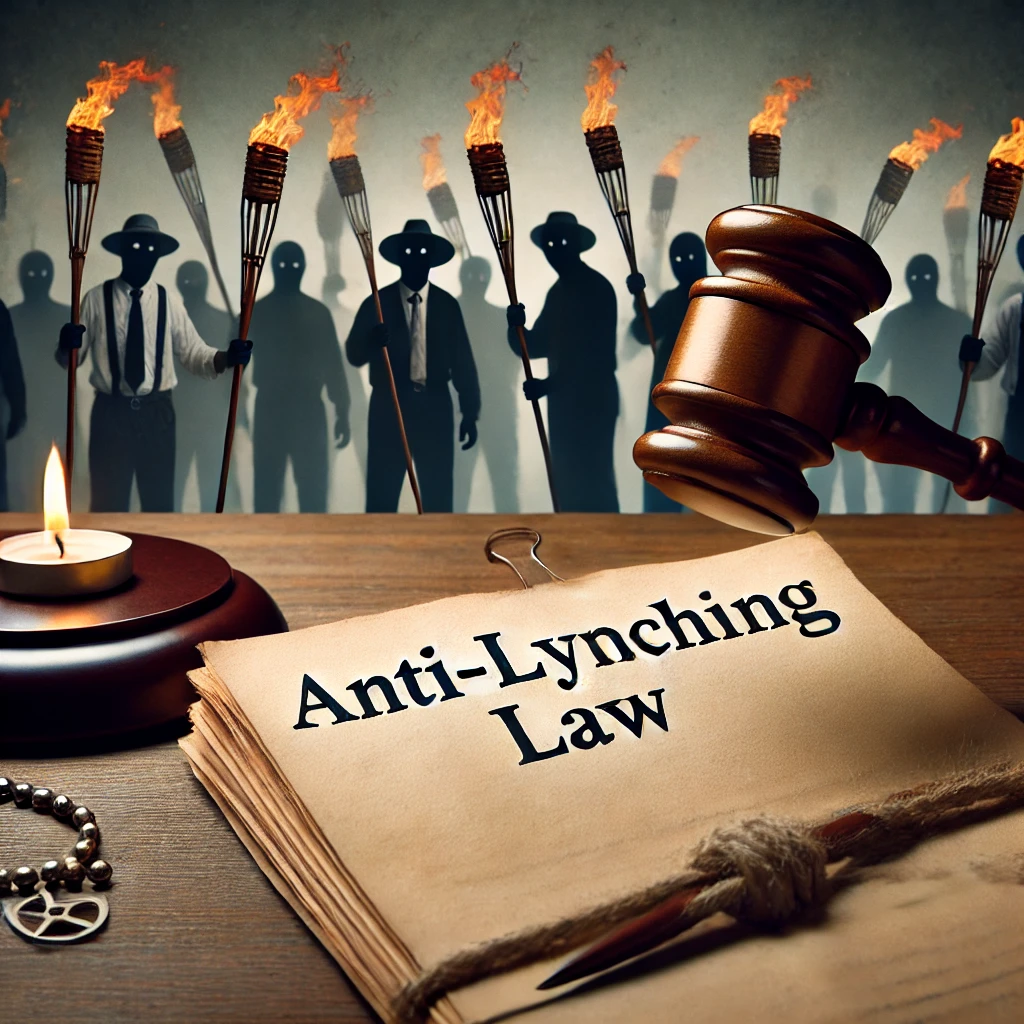



















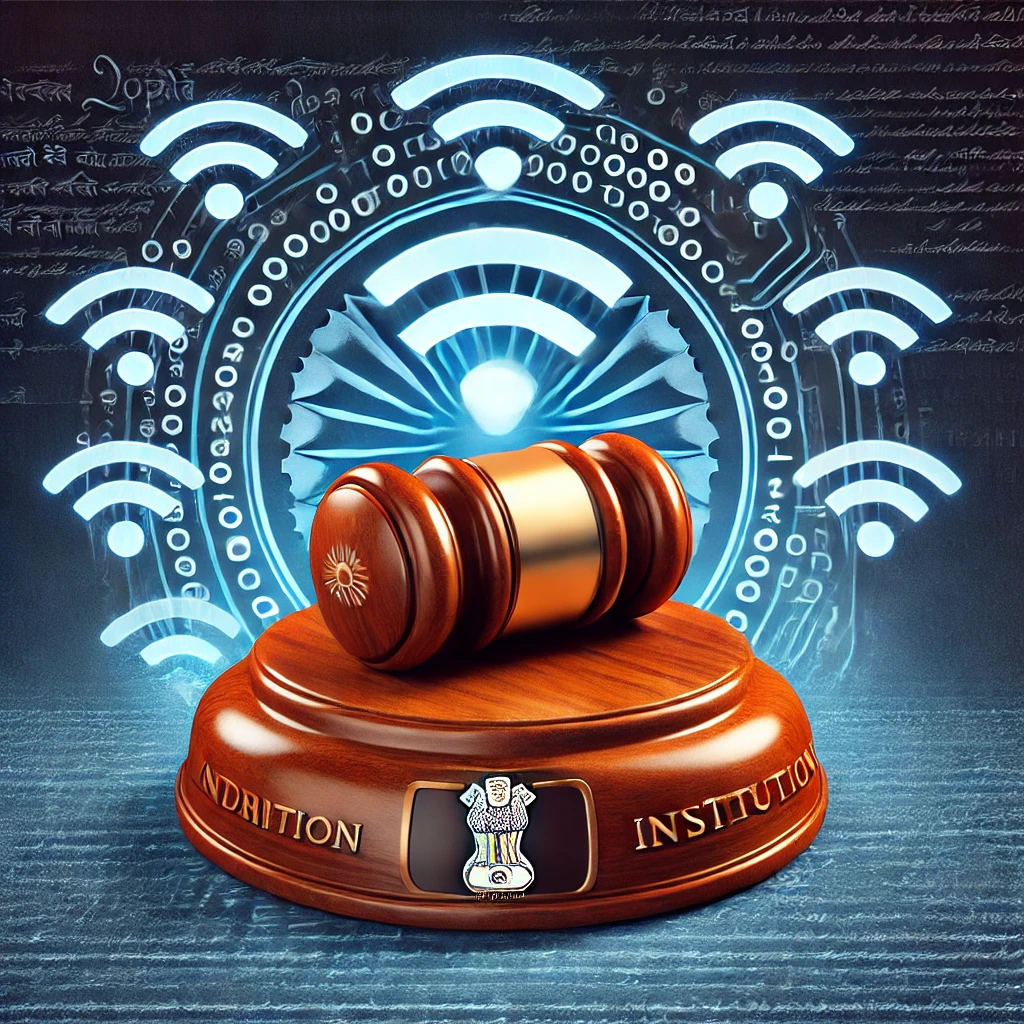
















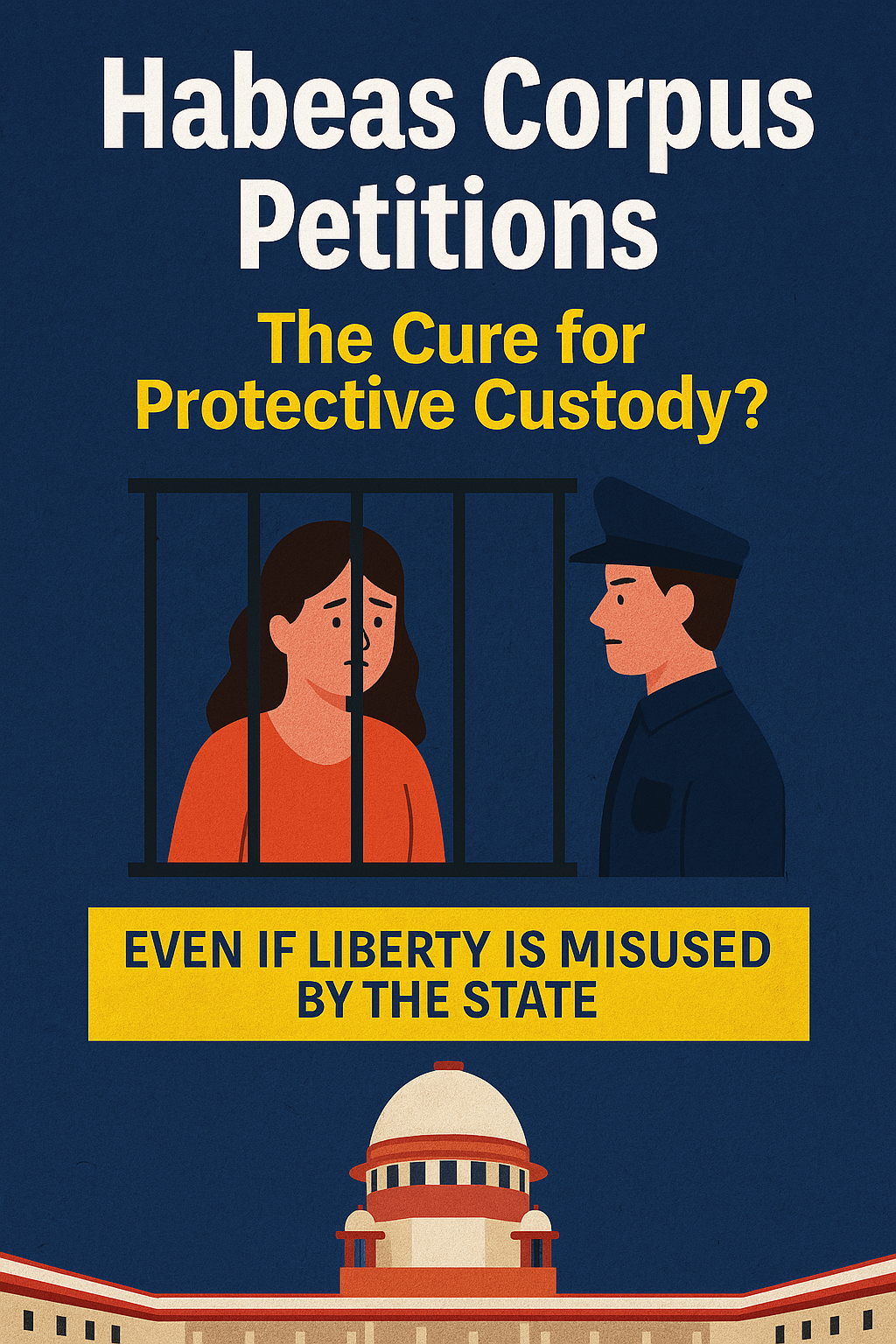









0 comments